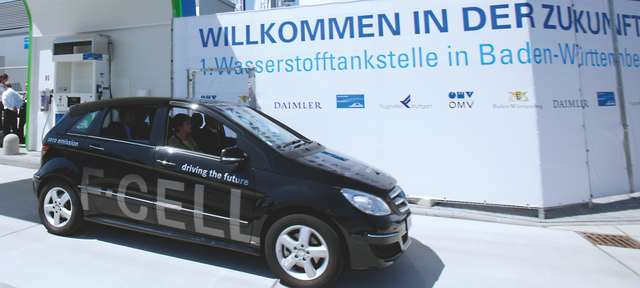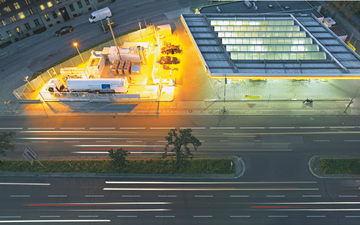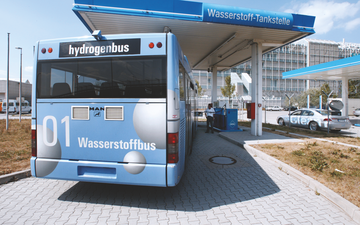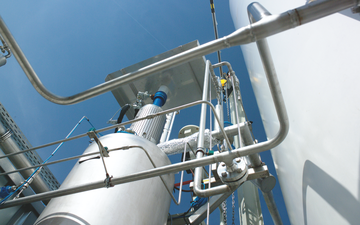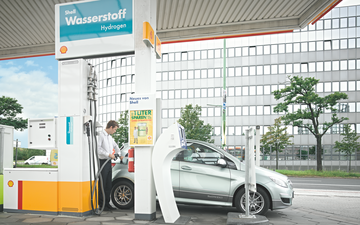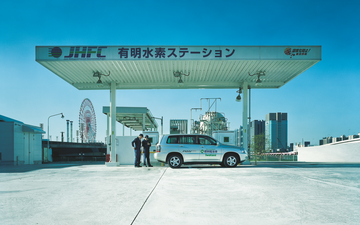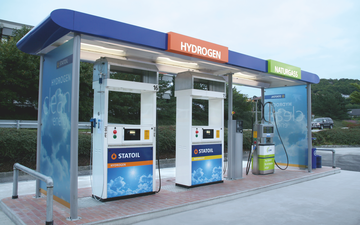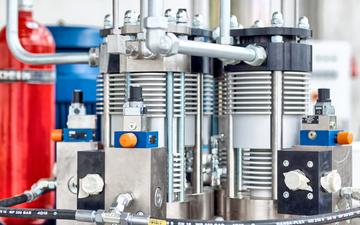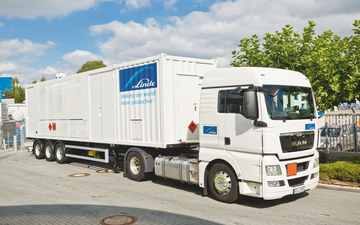Power boost for liquid hydrogen
Hydrogen is a key resource in the move towards more climate-friendly sources of energy and lower-carbon mobility choices. It is an excellent medium for buffering excess energy from renewable sources. In liquid form, it has an even higher energy density. At the heart of liquid hydrogen fueling stations lies a technology innovation developed by Linde.
